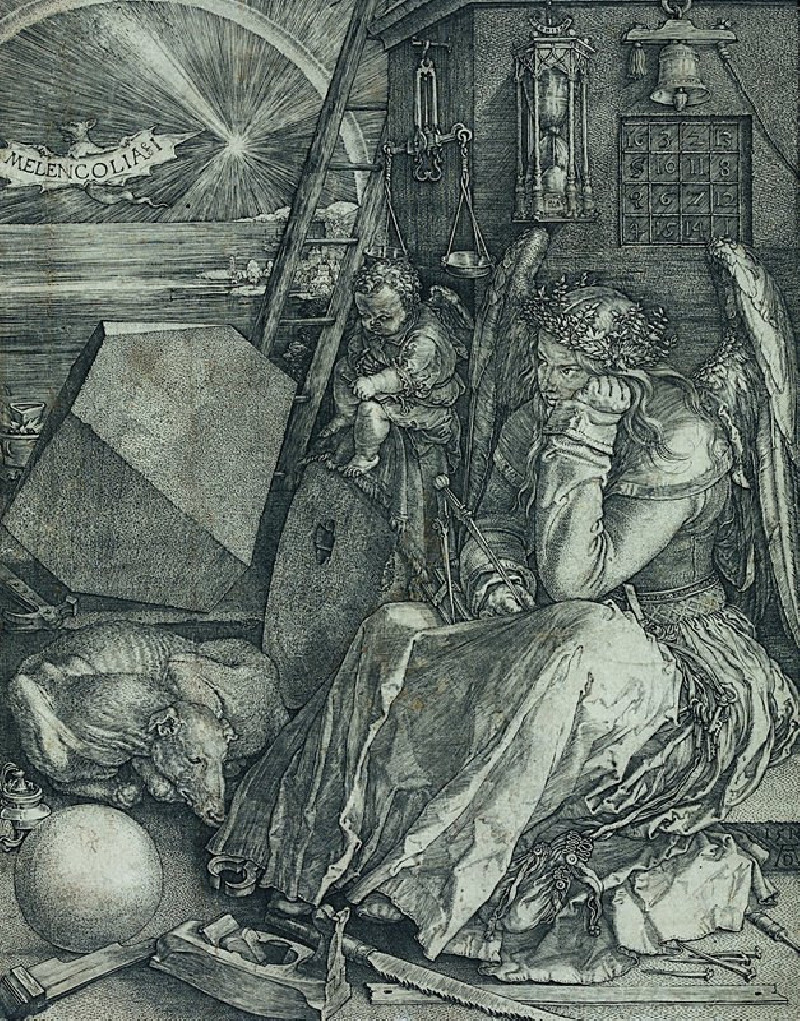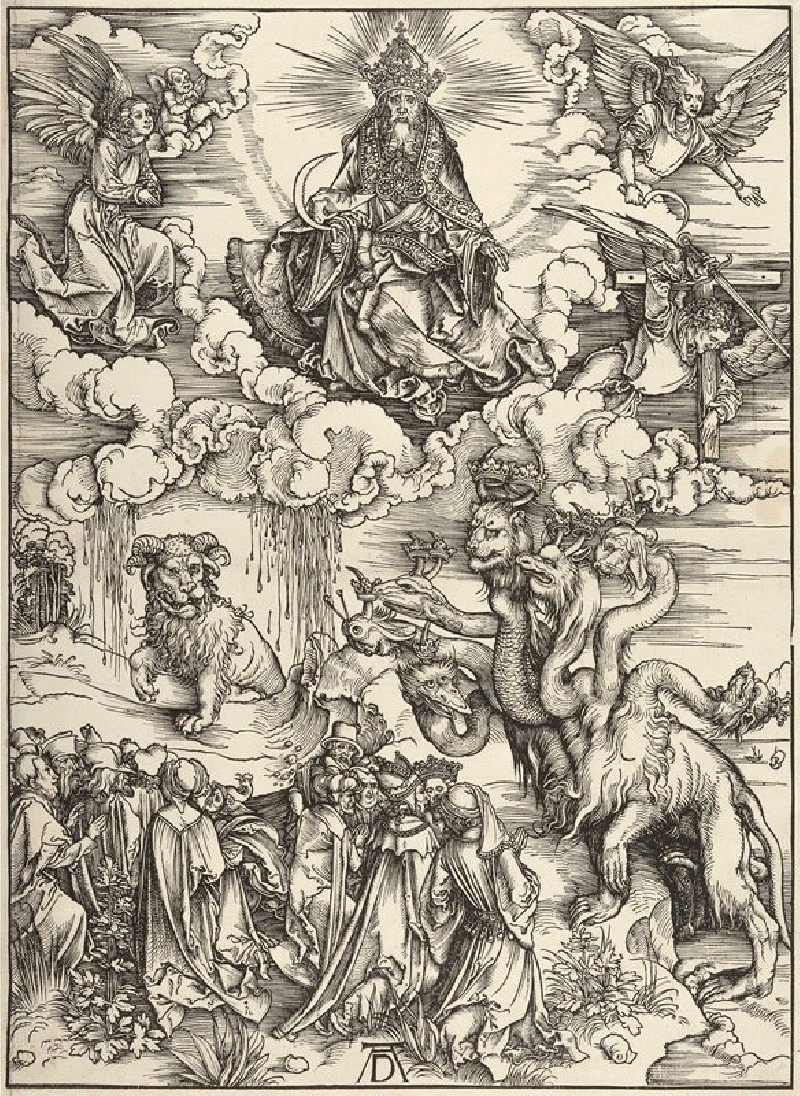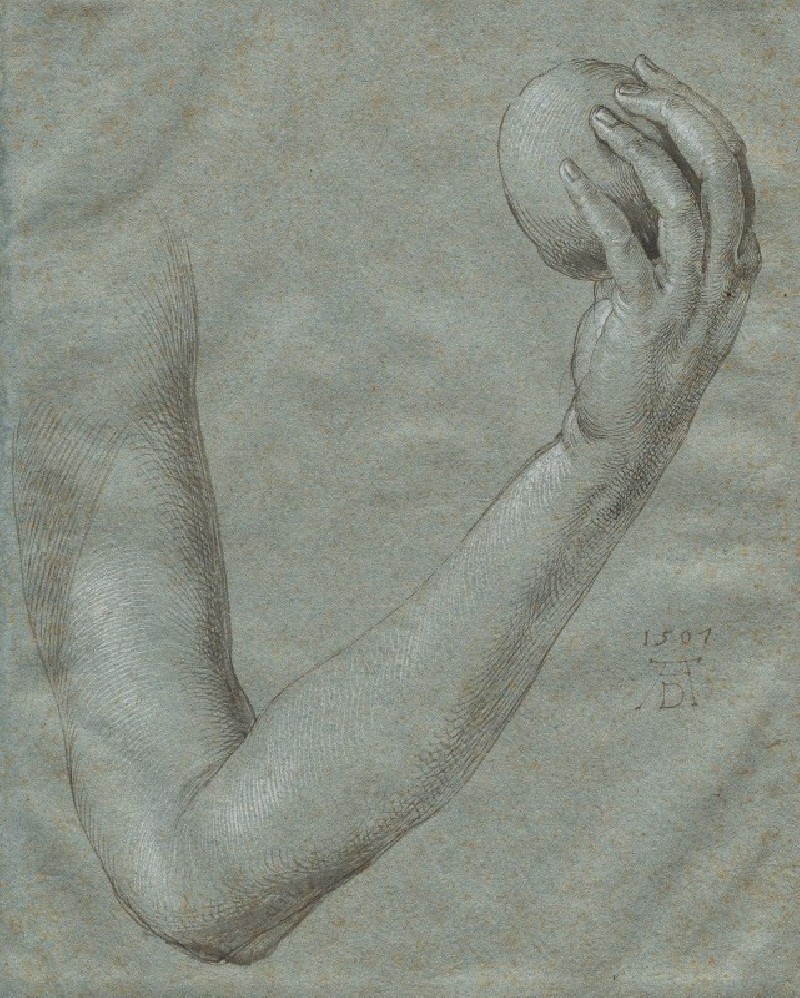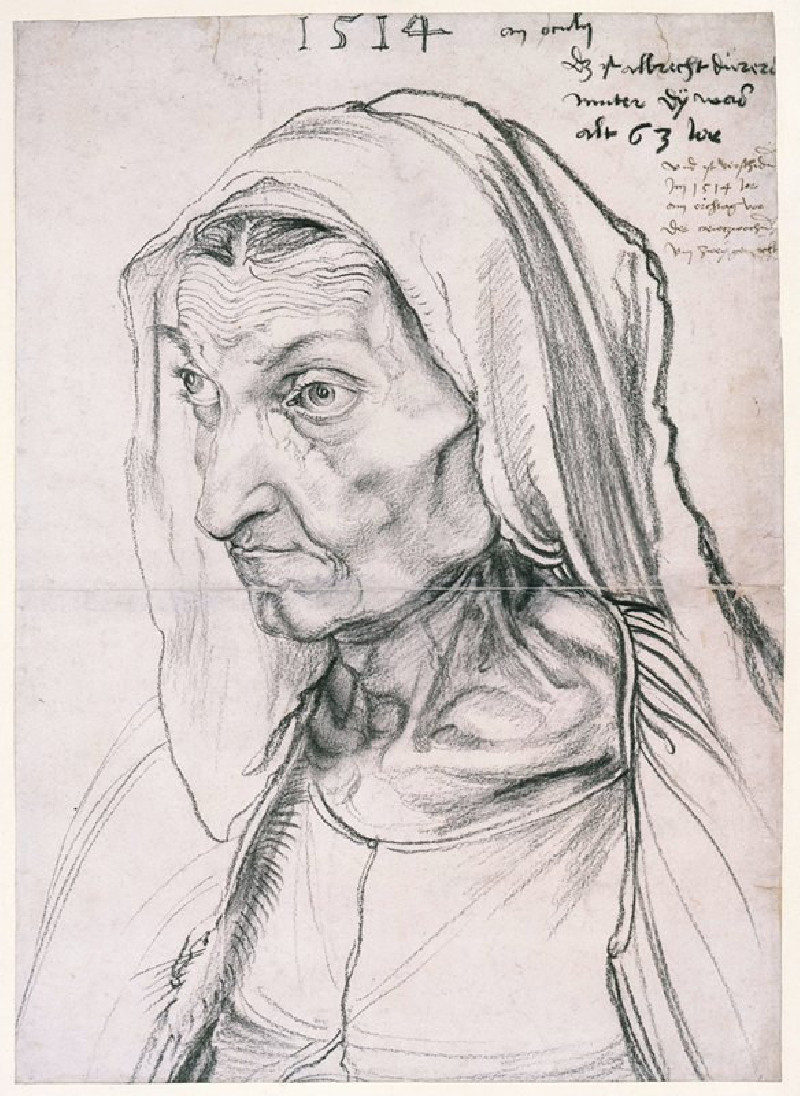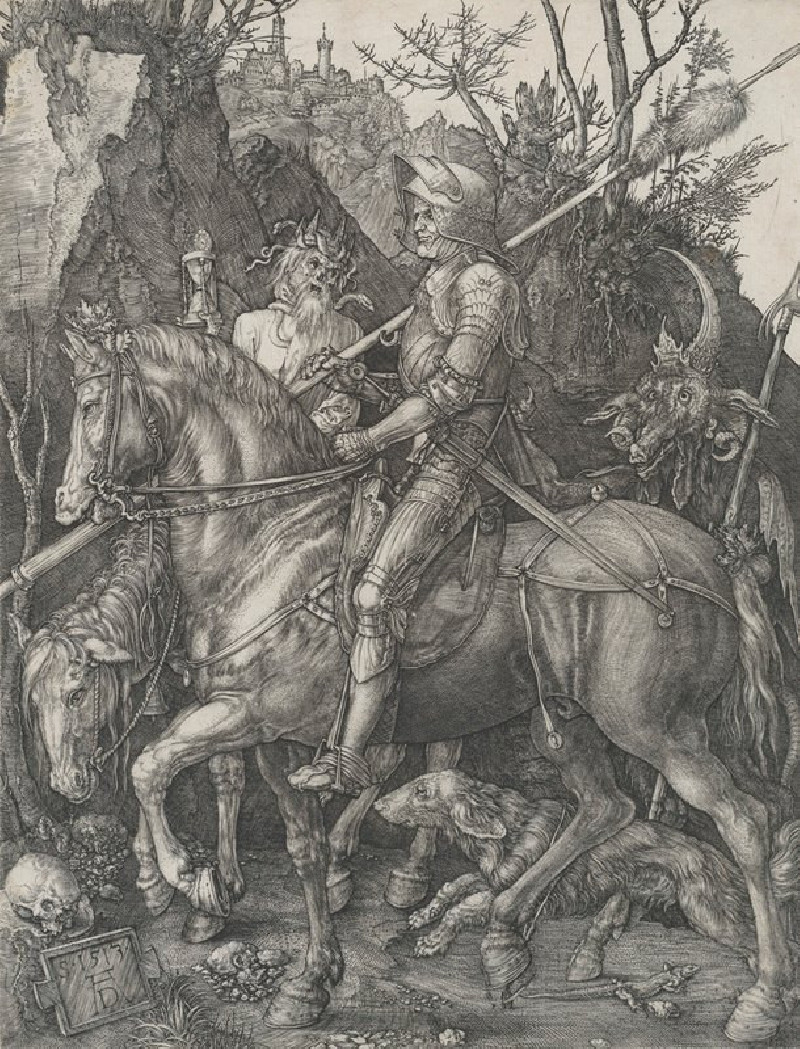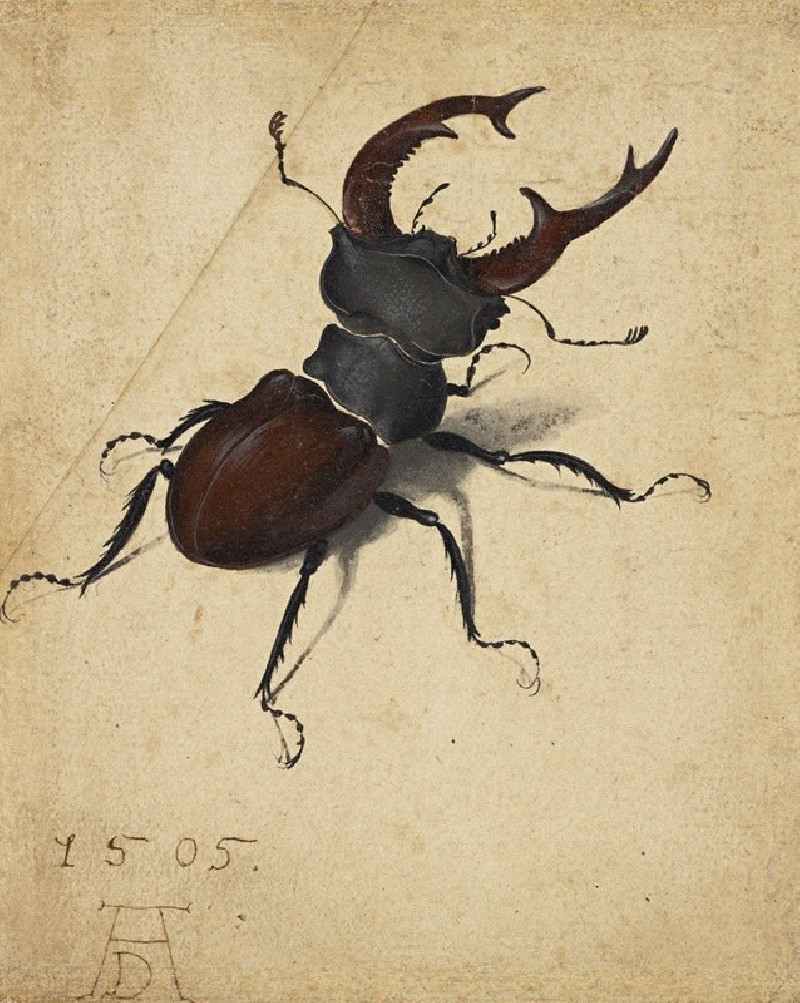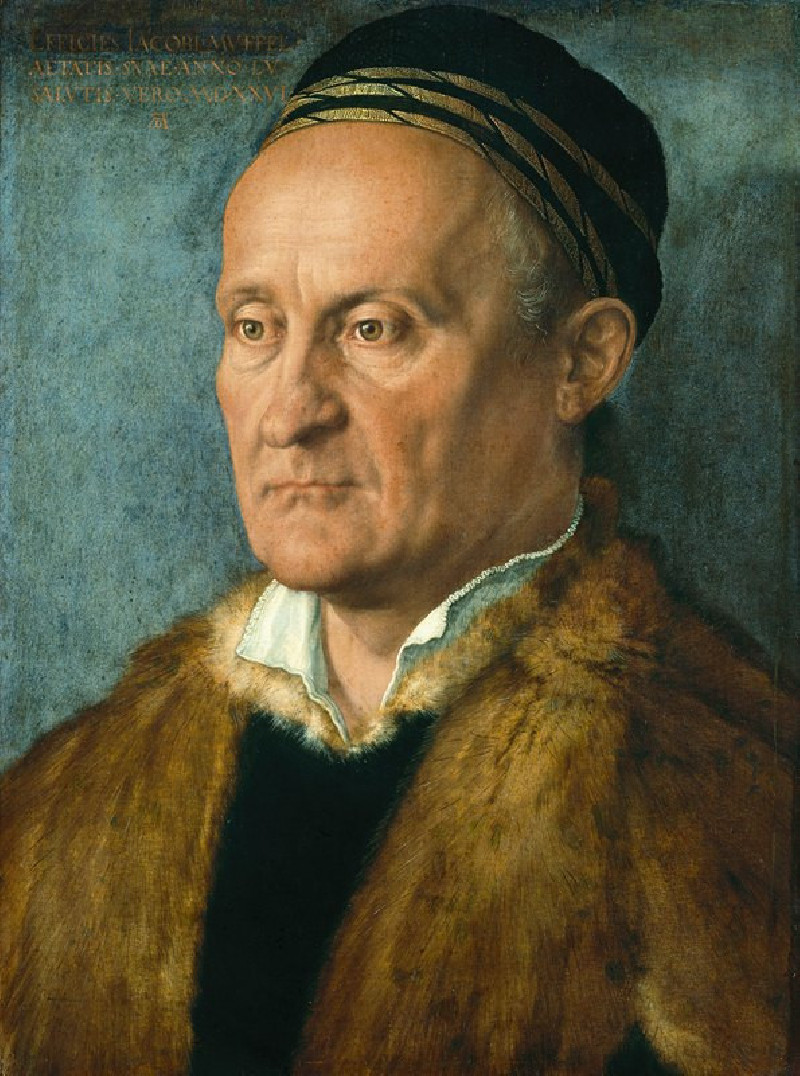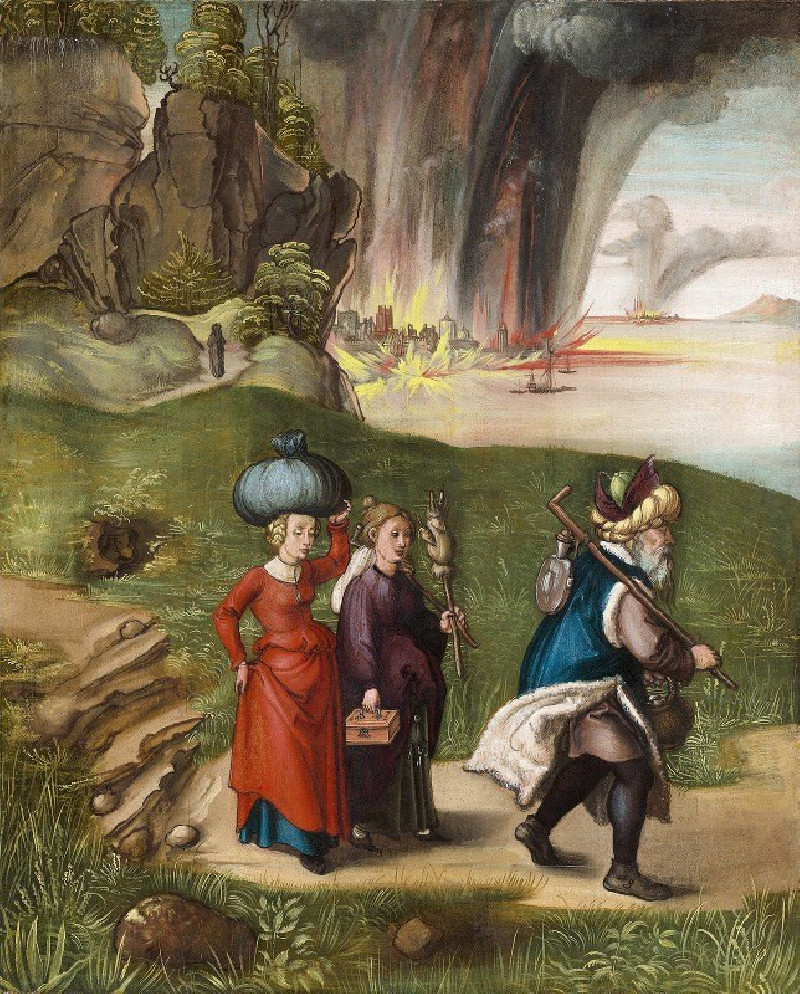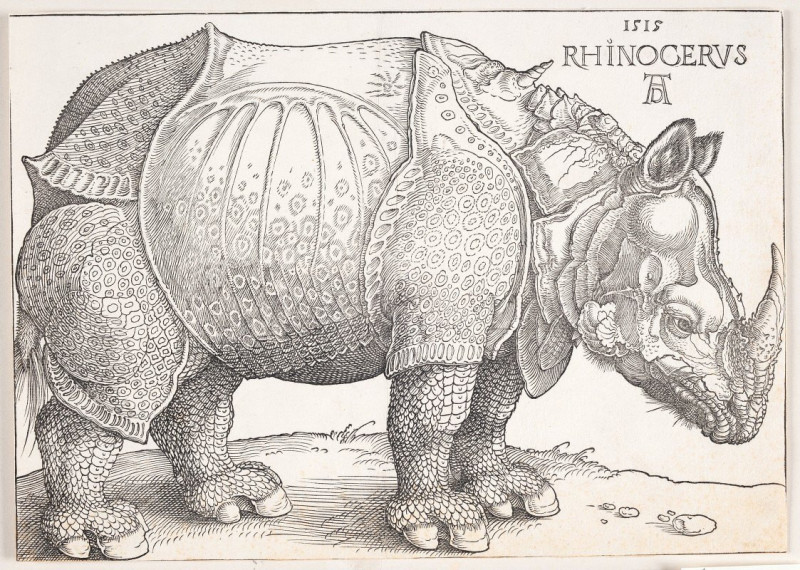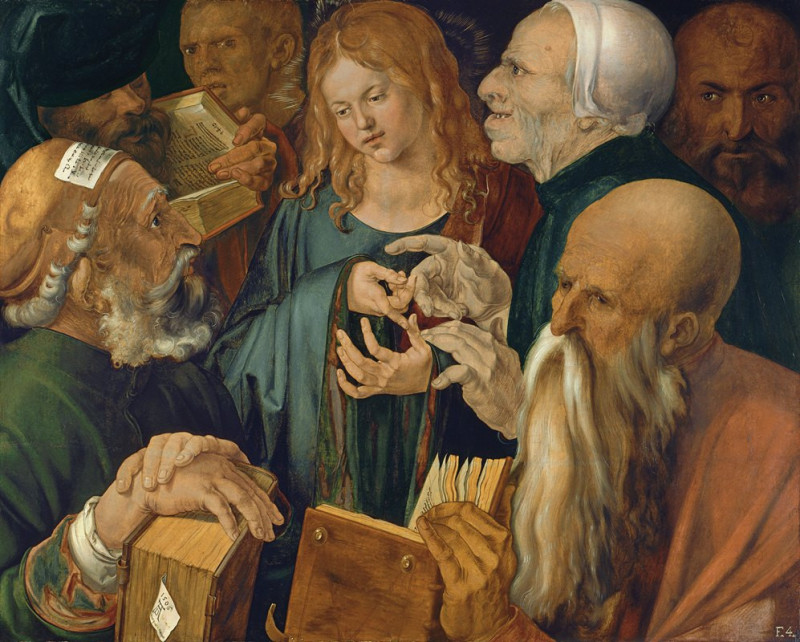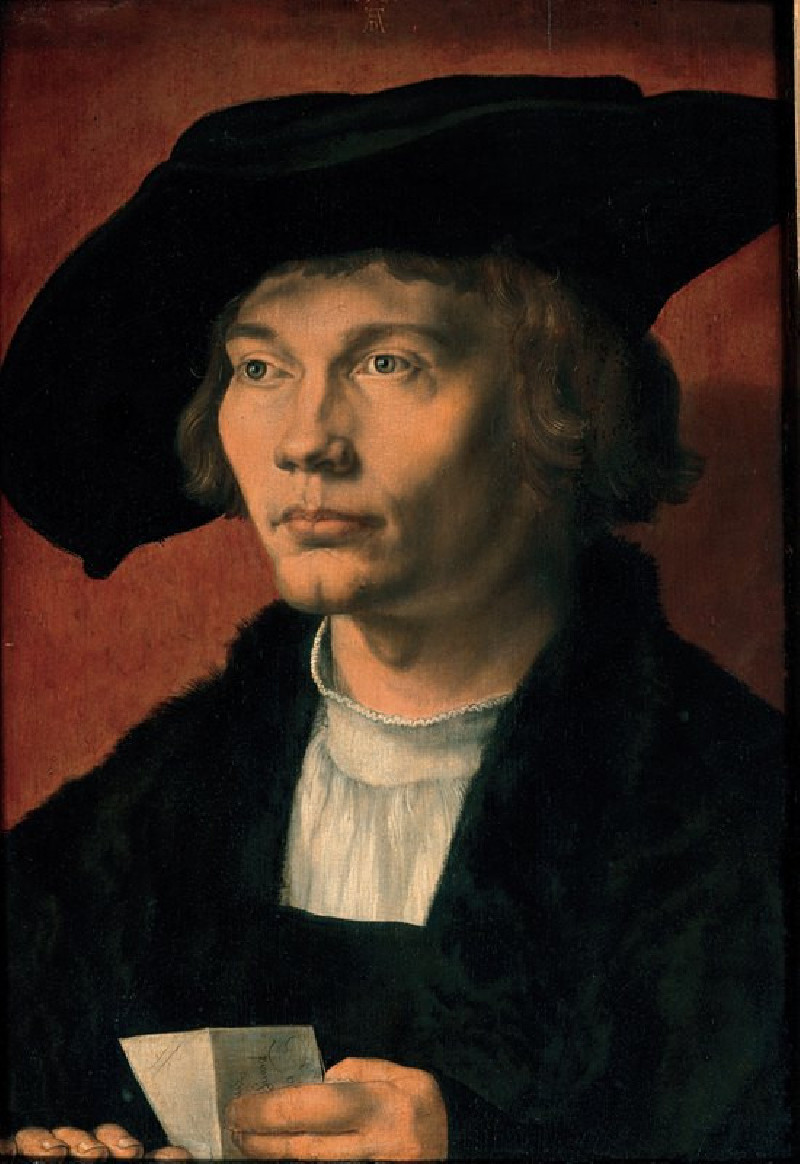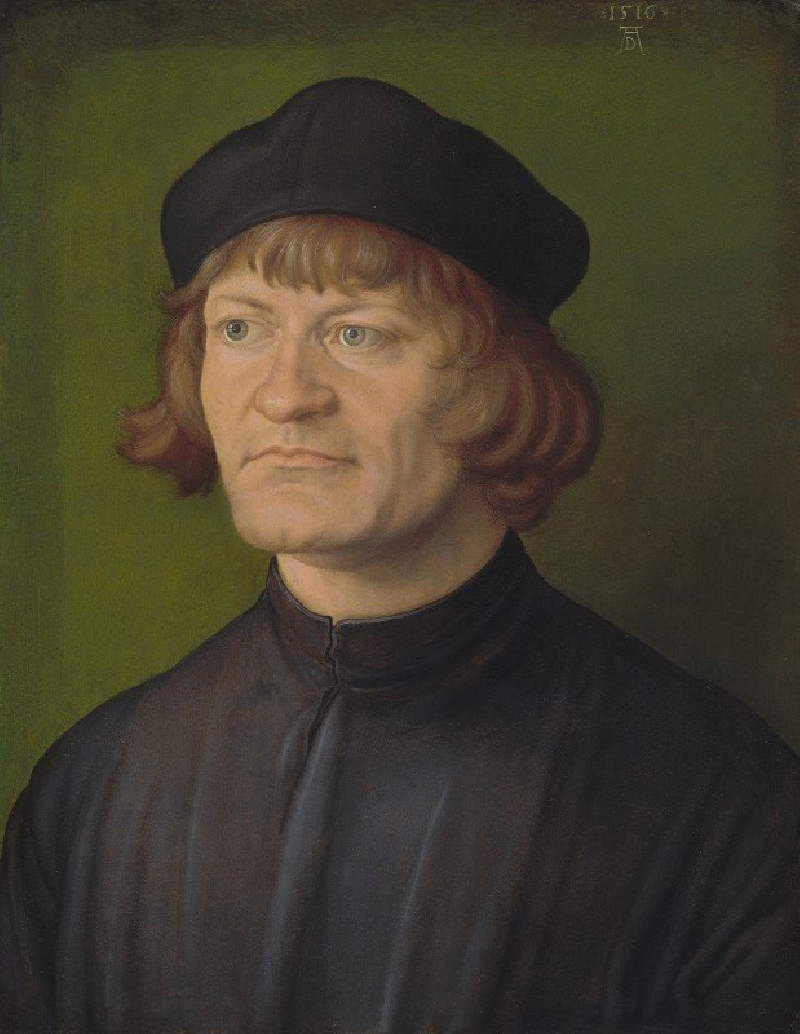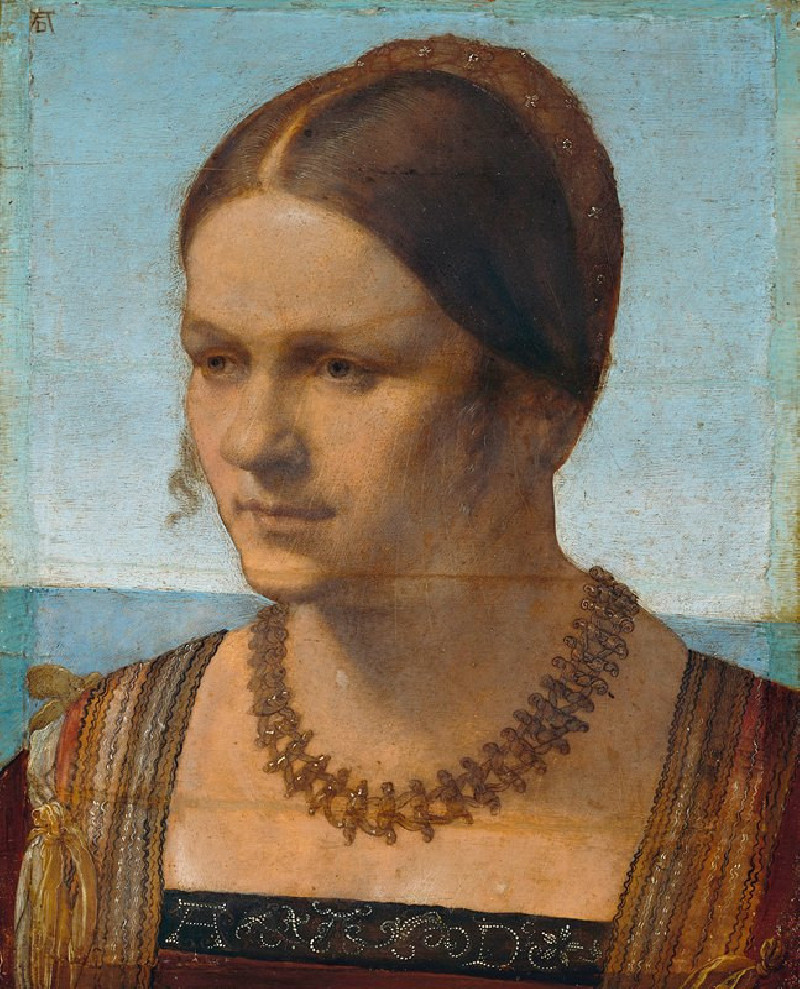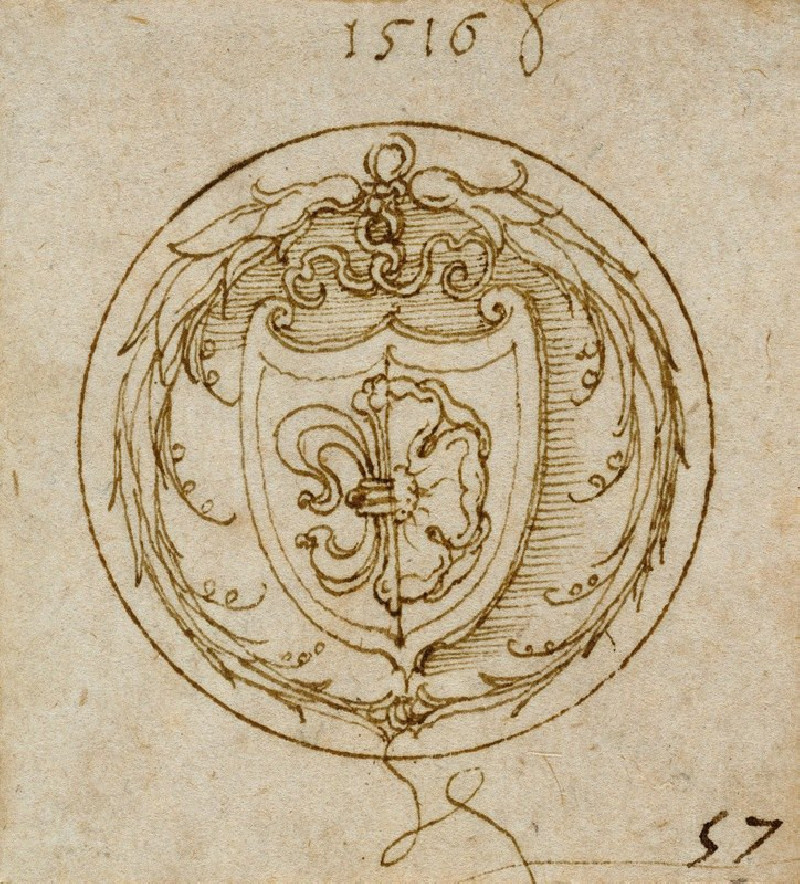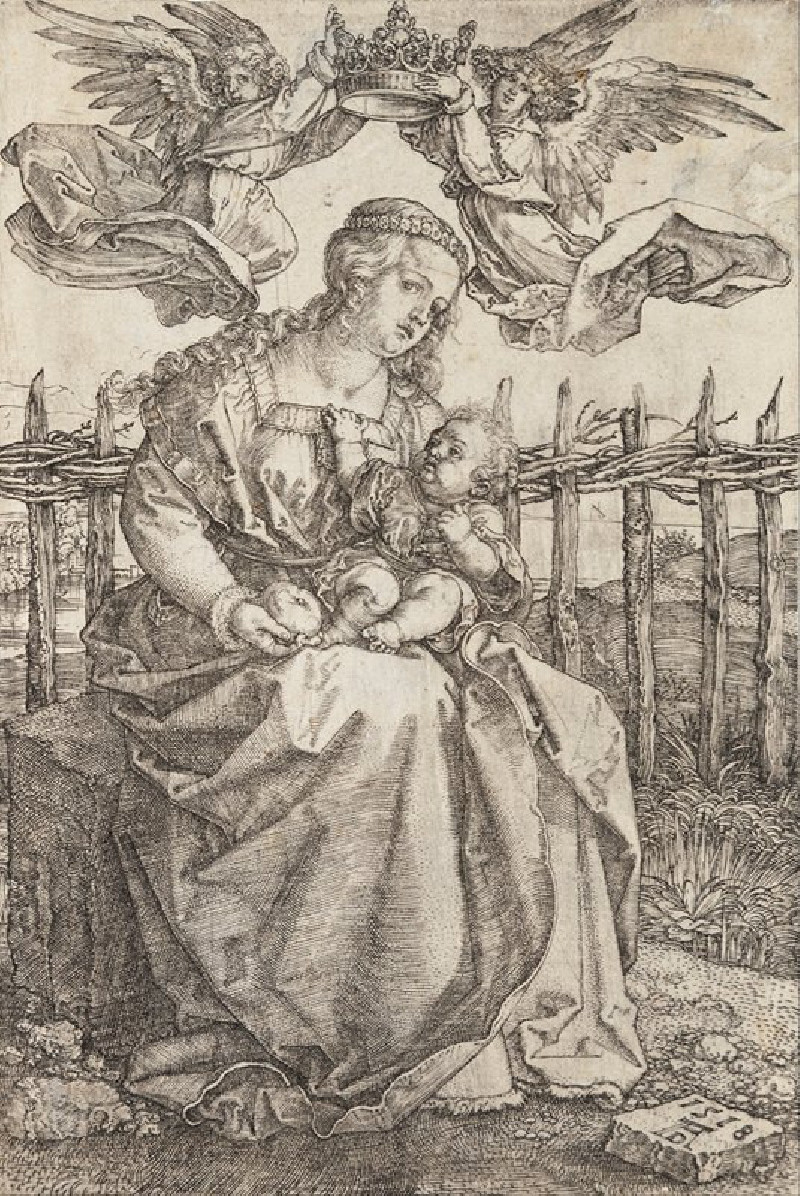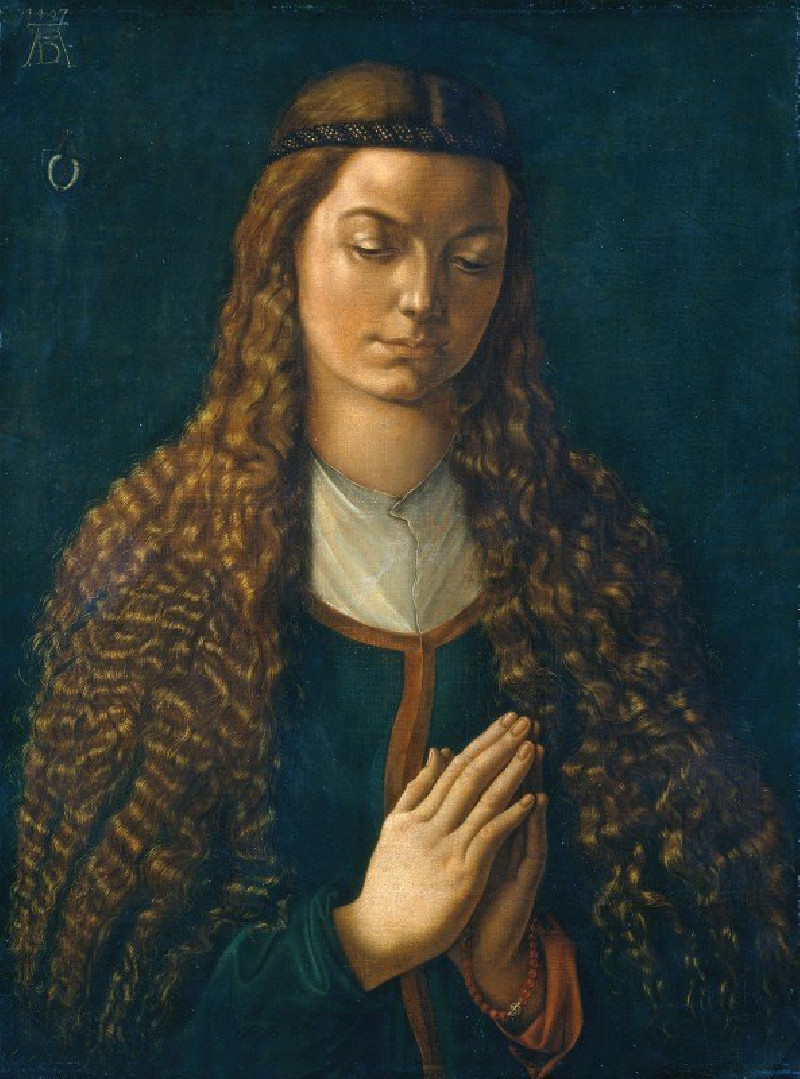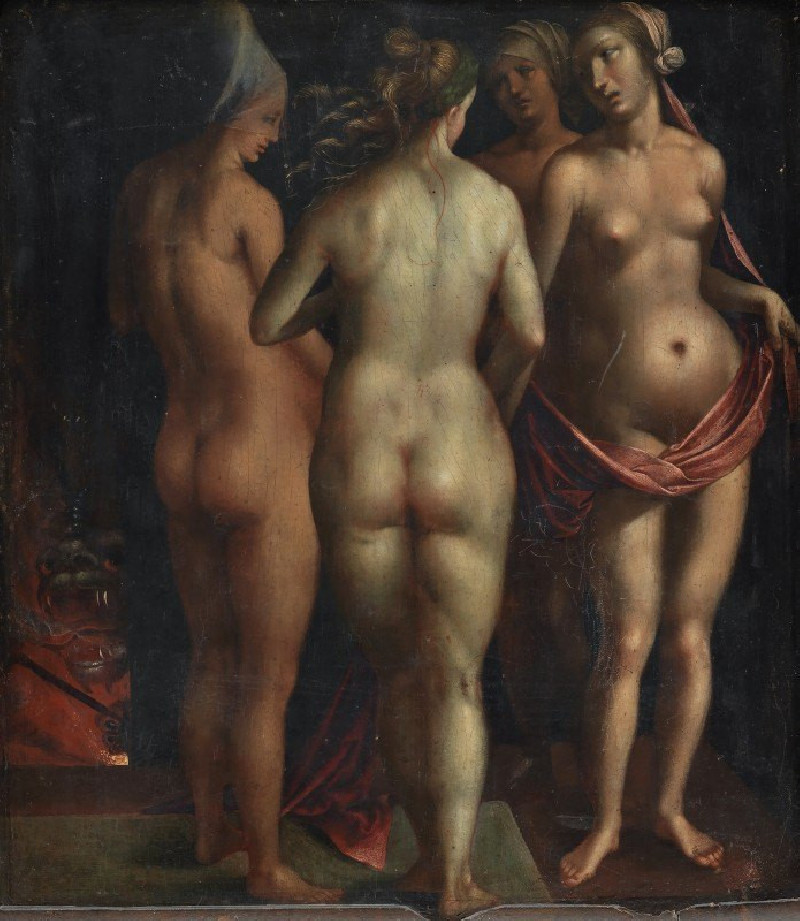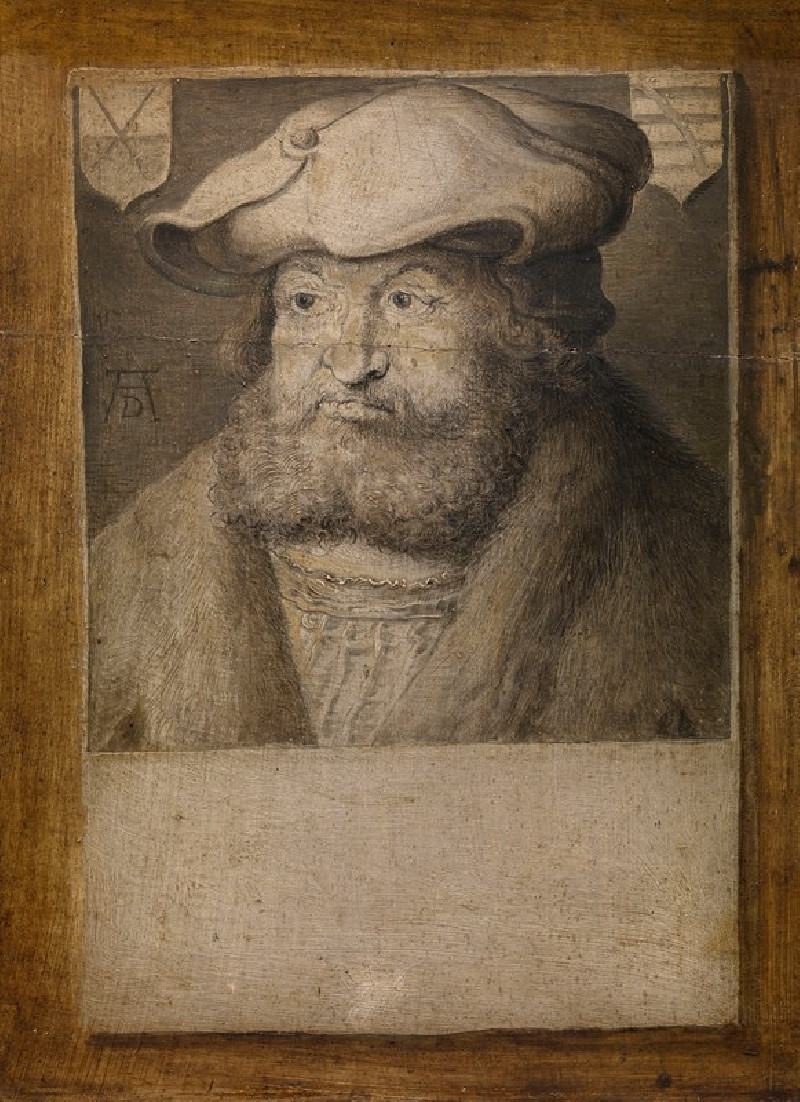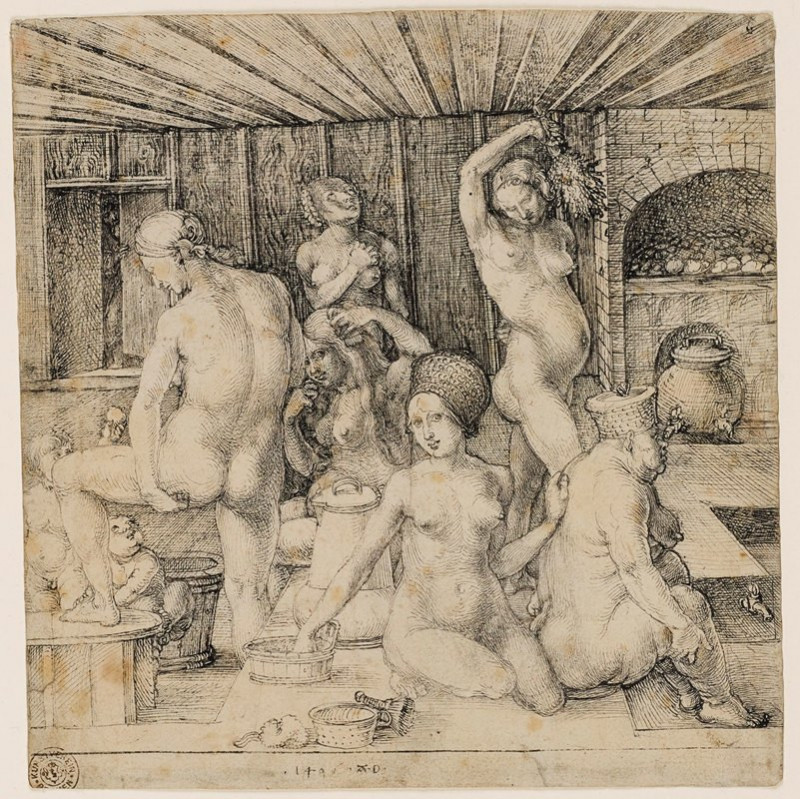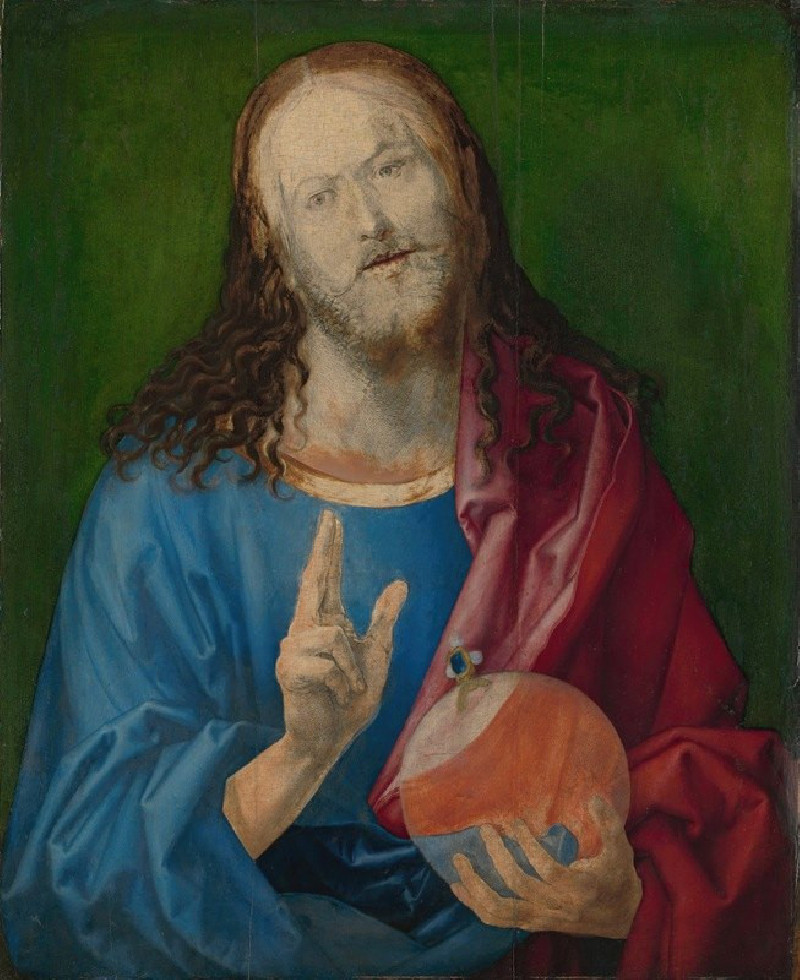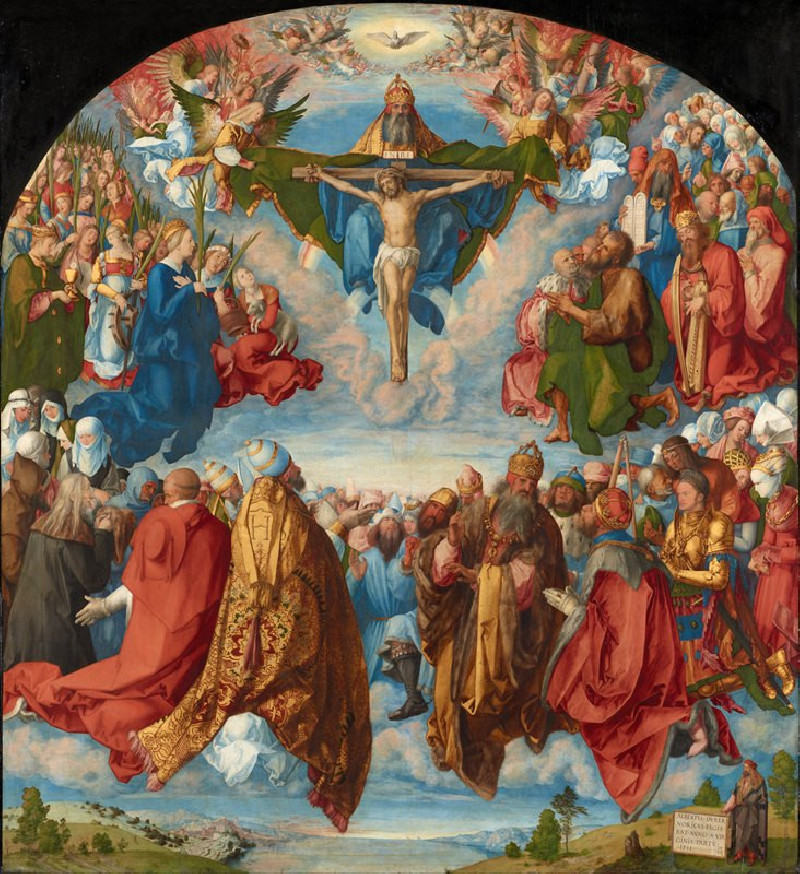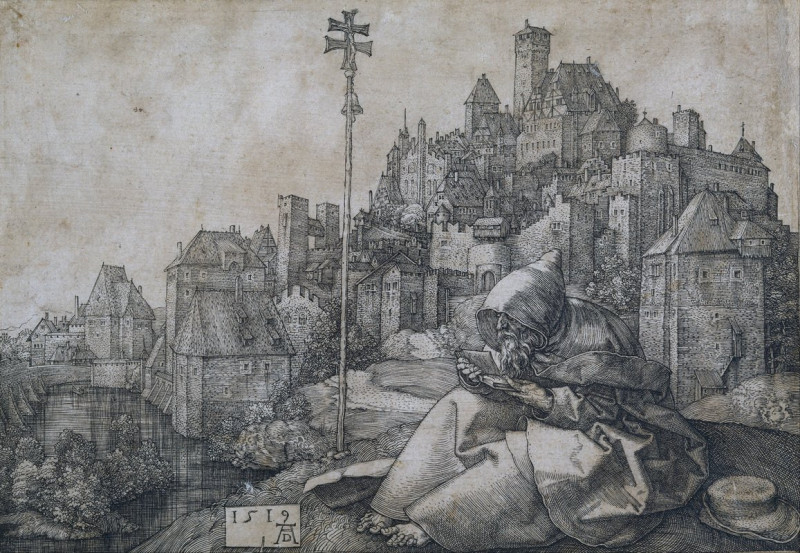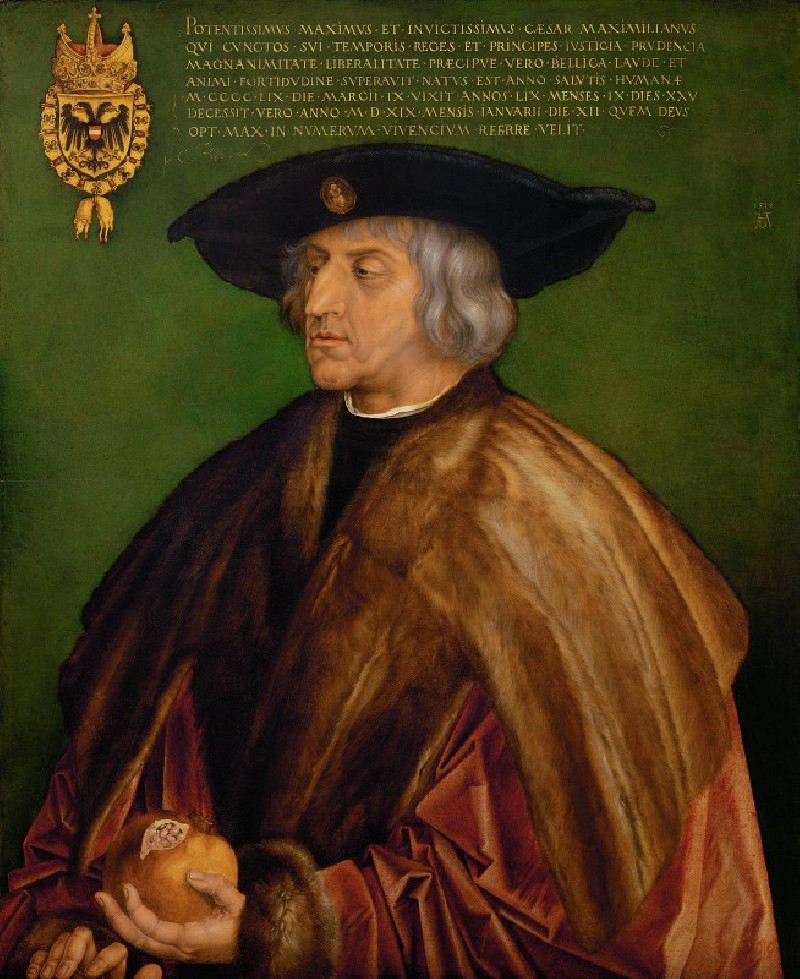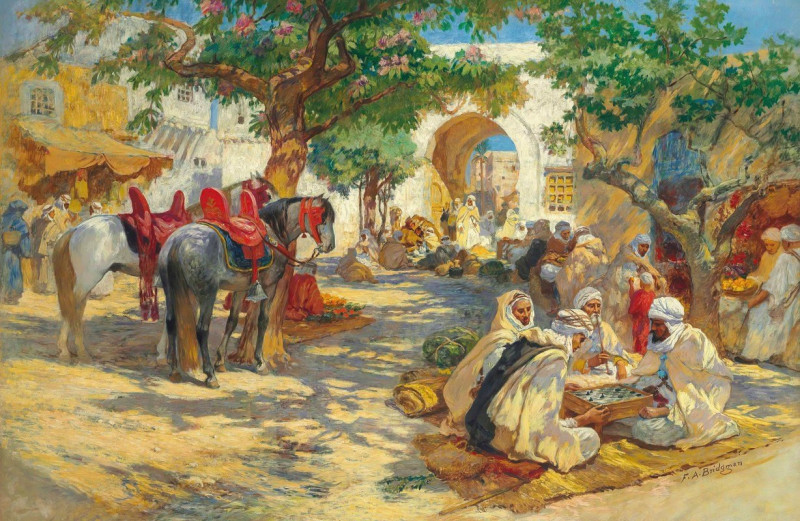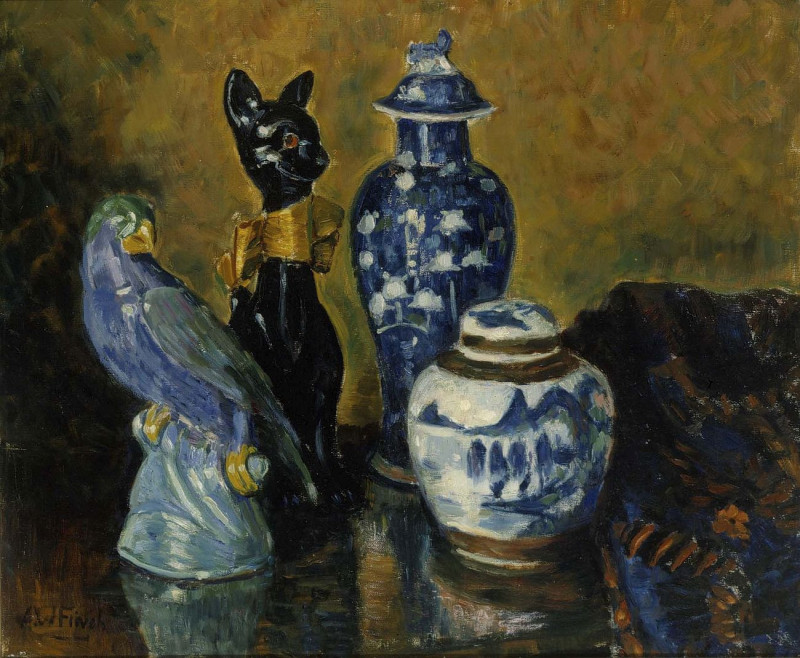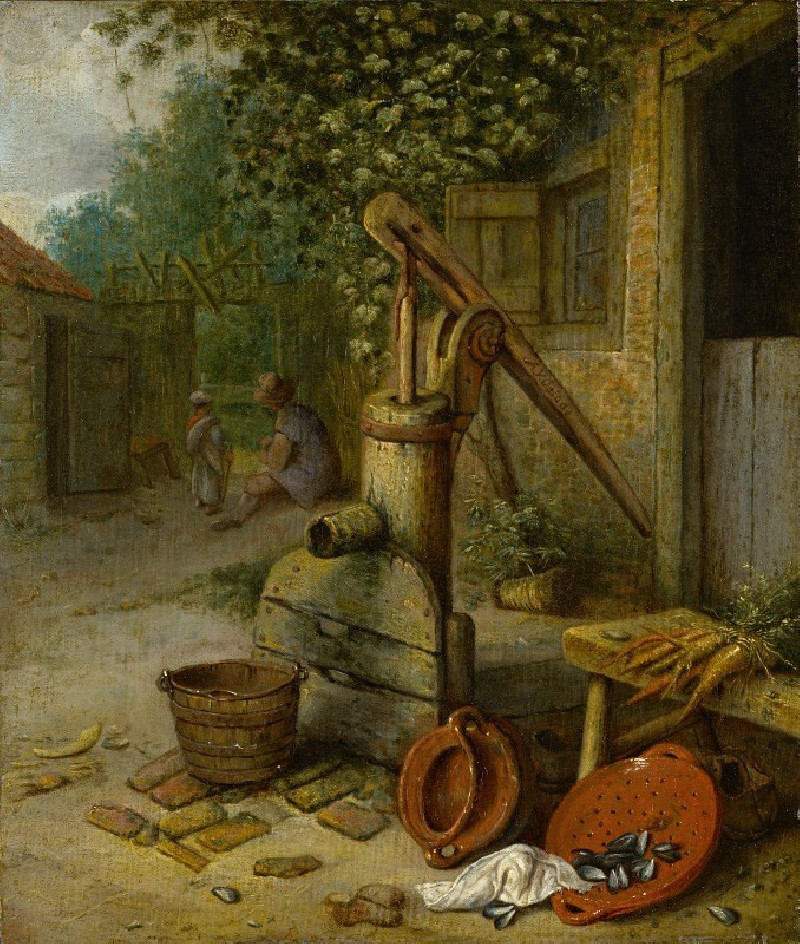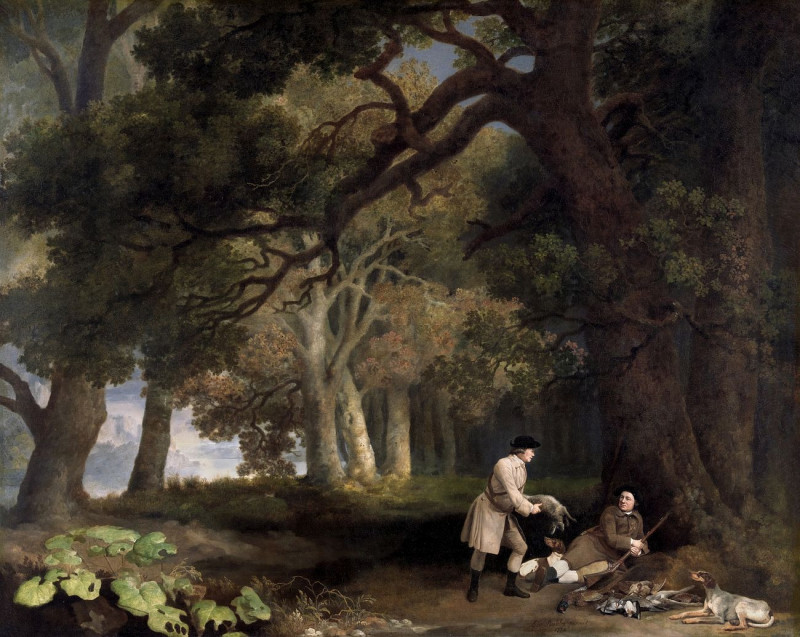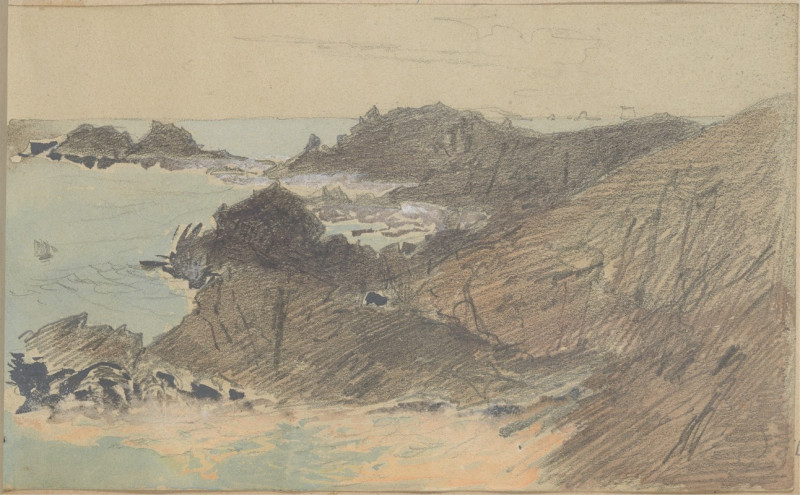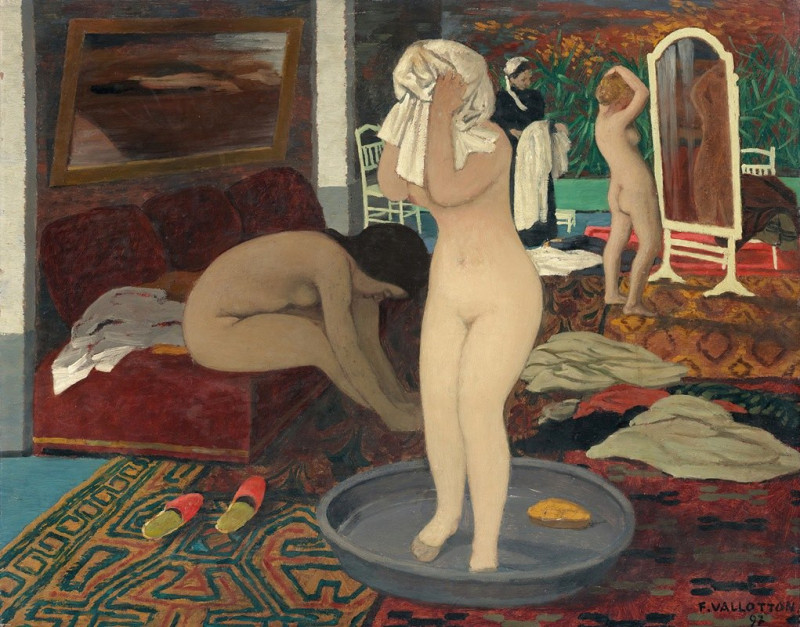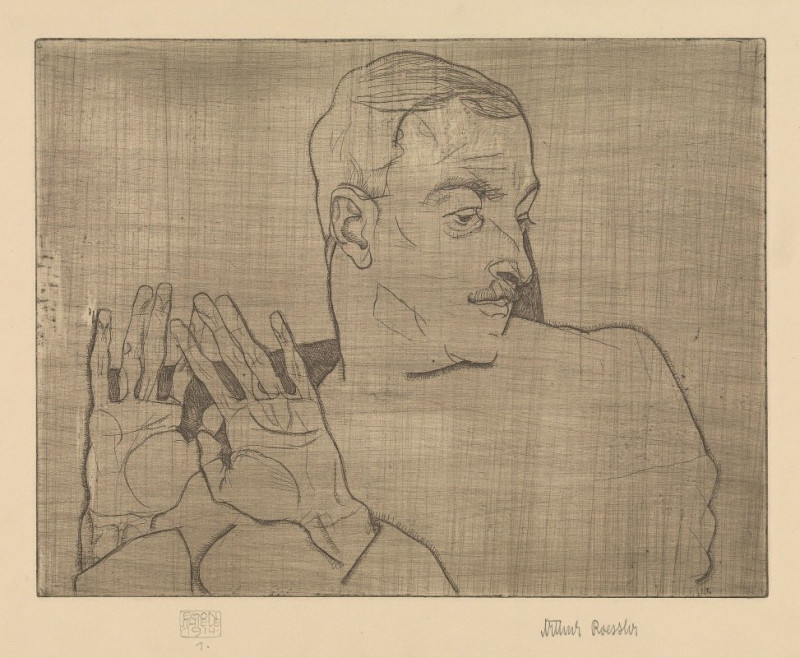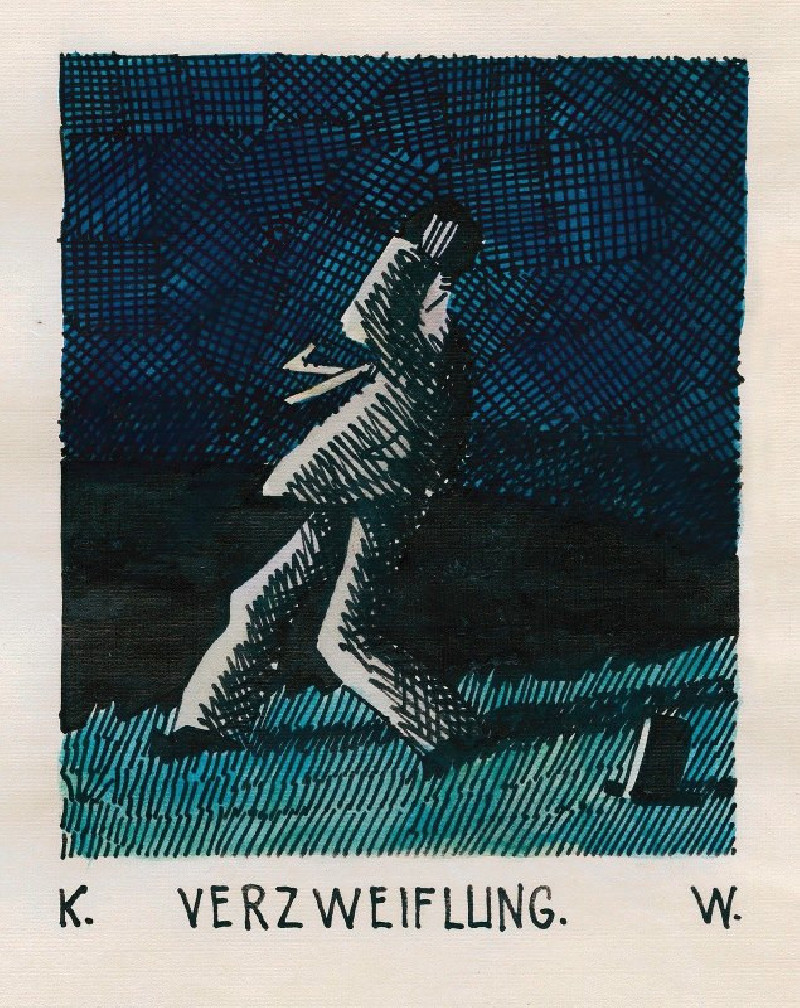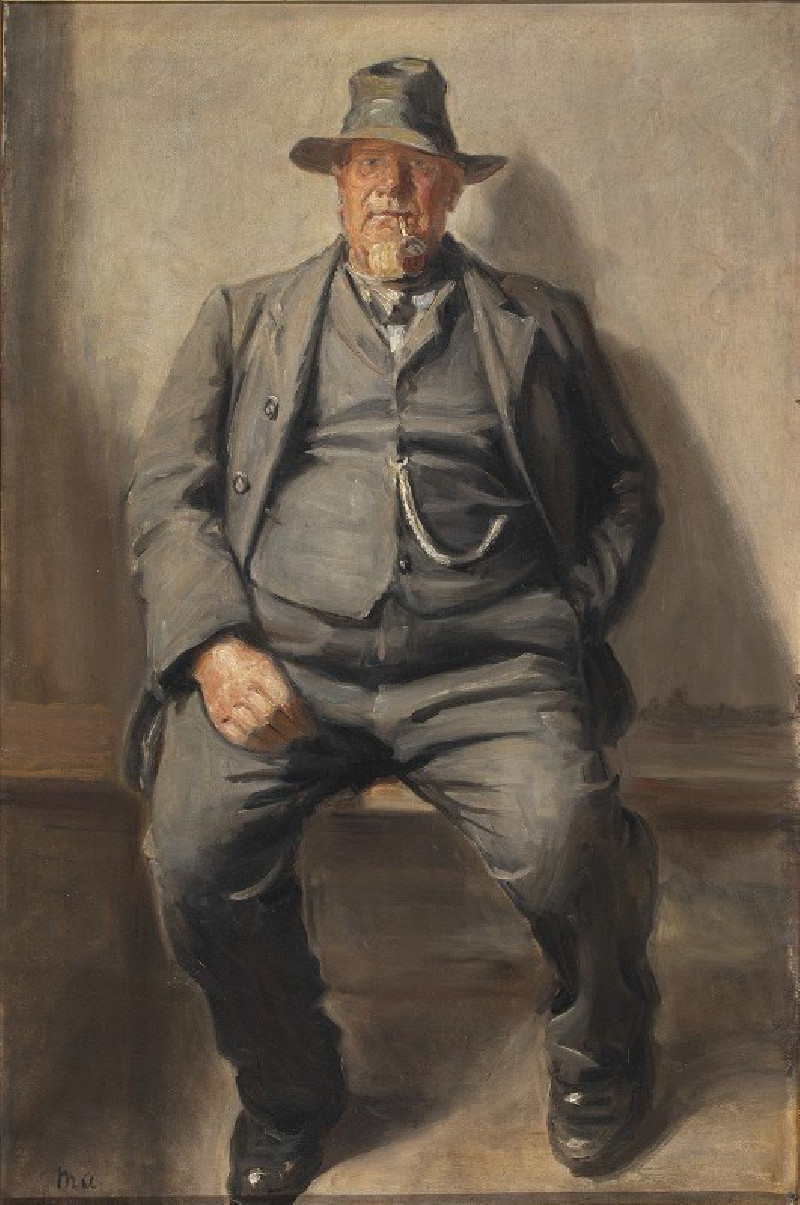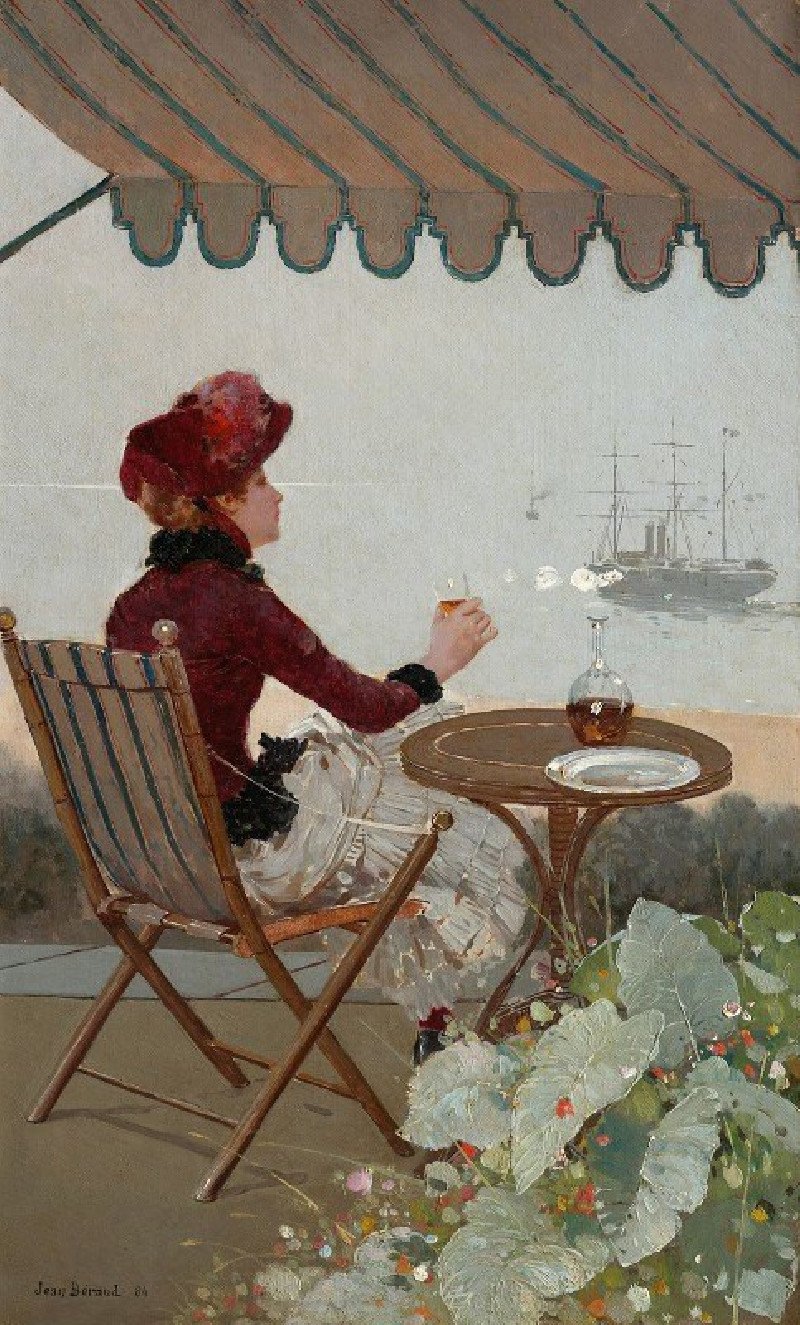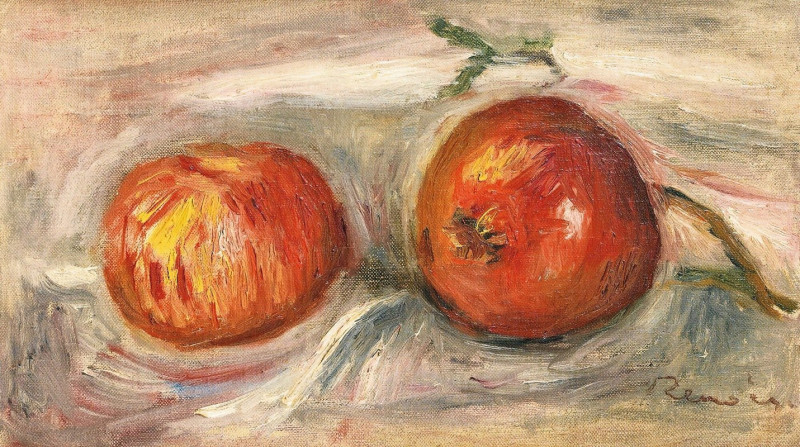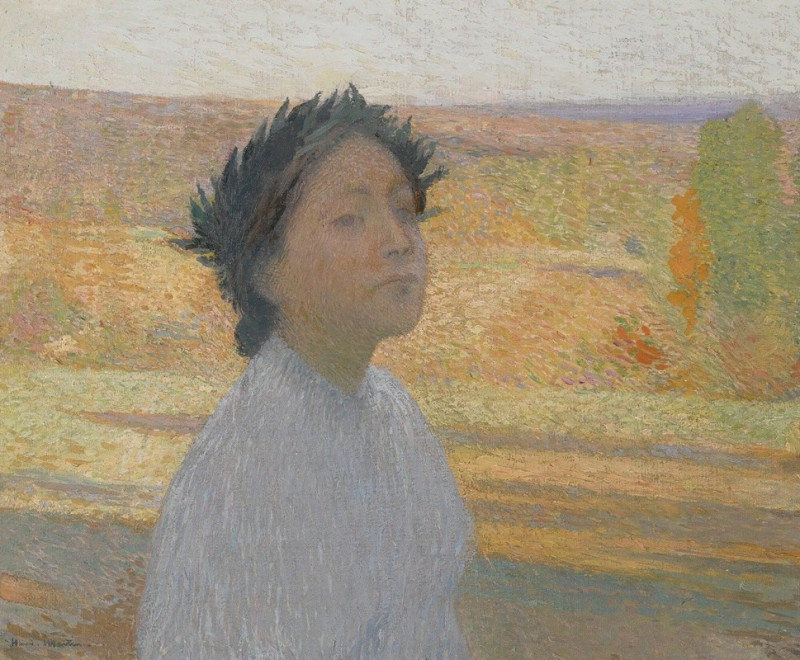Melencolia I (1514)
More about this artwork
Delivery
Reproductions are made to order and take 5 to 7 working days.
We send them out by courier and delivery takes another two working days.
If you need a reproduction sooner, please contact us - we can usually find a solution and produce it a little faster.
If you don't want to pay for postage, you can pick up your paintings at our galleries in Kaunas or Vilnius.
Returns
Yes, reproductions can be returned.
If you have any doubts more than 30 days after the date of purchase, please contact us - we will take the reproduction back for a refund or offer you a replacement!
We accept a maximum of two returns per customer - please note that we make reproductions to order, so please choose responsibly.
We do not refund shipping expenses.
Christian paintings, woodcuts and landscapes by the German Renaissance master Albrecht Dürer (1471-1528). Dürer's pieces on Christian themes and allegory are considered to be the finest examples of the Northern Renaissance. One of Dürer's most famous works on Christ is his "Crucifixion" woodcut (1503). The piece demonstrates Dürer's mastery of the medium and deep understanding of Christian symbolism. The work depicts the crucifixion of Christ in a powerful and realistic manner, with an emphasis on the suffering and sacrifice of Christ. Dürer began his career as an apprentice in Nuremberg to the master craftsman Michael Wolgemut. He later became the founding member of the city's painters' guild and was an active member of humanist circles prominent in Nuremberg at the time.

